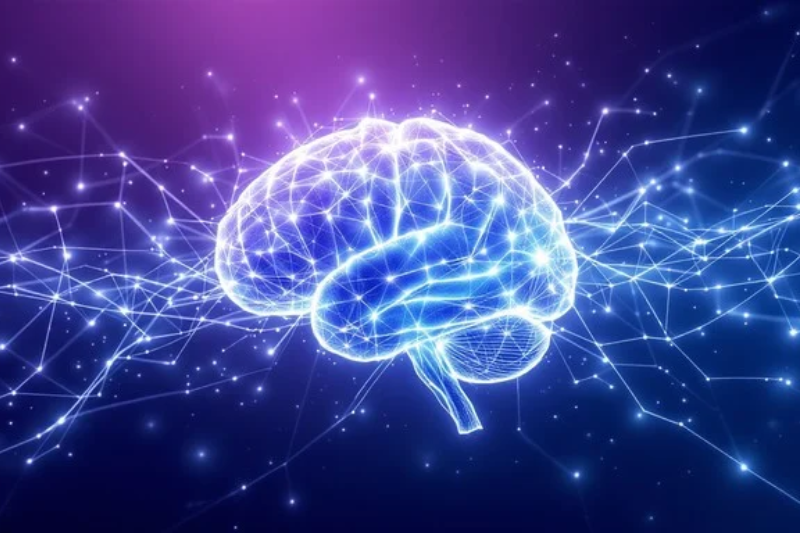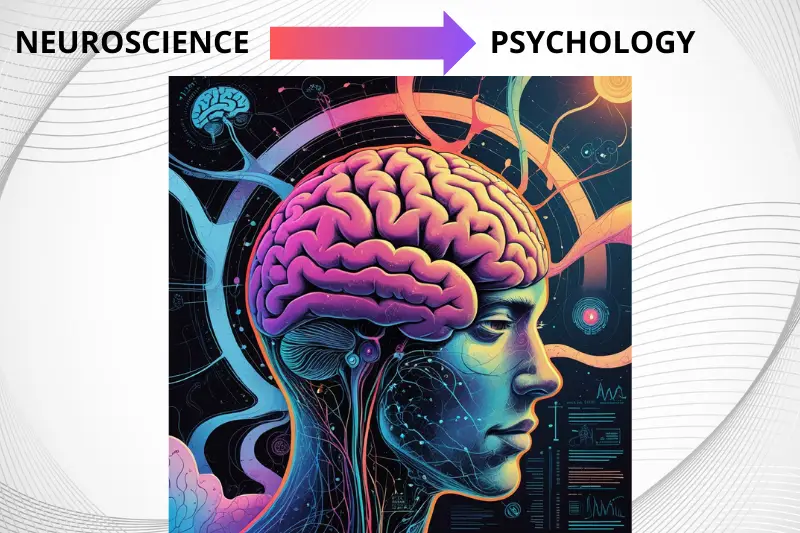Neuroscience, psychology, and behaviour form a powerful triad of scientific inquiry that collectively deepens our understanding of how the human mind functions, the nervous system operates, and how organisms interact with their surroundings. These three disciplines, though each has a distinct focus and methodology, are intrinsically intertwined, offering complementary perspectives on how we think, feel, and behave. Together, they provide a holistic view of mental processes, from the molecular and cellular activities within individual neurons to complex social behaviors that define group dynamics in human and animal societies.
The foundations of neuroscience lie in the scientific study of the nervous system—one of the most intricate biological systems known. It spans multiple levels of analysis, from microscopic examinations of ion channels and synapses to macroscopic observations of brain regions and neural networks. Neuroscience seeks fundamental answers: How do neurons communicate? How does the brain process information? What causes neurological disorders like epilepsy, Parkinson’s disease, or Alzheimer’s?
One central aim of neuroscience is comprehending the relationship between brain activity and behavior. This includes not just how the brain perceives the external world through sensory inputs such as vision and hearing but also how it generates internal states like emotions, memories, and conscious thought. Advances in brain imaging technologies, electrophysiological recording, and molecular biology have greatly accelerated discoveries in this field, allowing scientists to observe the brain in real-time and decode the activity patterns associated with specific mental states or behavioral outputs.
Psychology: The Science of the Mind
While neuroscience delves into the biological substrates that make up the brain, psychology instead focuses its efforts on studying the mind and how people act. Psychologists investigate how individuals learn, store memories, think through problems and feel emotions, and how these mental processes influence behavior. The field encompasses many areas, including cognitive psychology which looks at core mental skills such as attention, language use, and solving puzzles; developmental psychology examines how people change as they grow from child to adult; and clinical psychology helps address mental illnesses through therapy and medication.
Researchers employ various techniques for their work, from carefully planned laboratory experiments to simply watching people behave naturally or through psychological evaluations, to better understand human and animal minds. Their findings have led to improved teaching methods, more effective treatments for psychological issues, and approaches to enhance overall well-being.
Importantly, psychology forms a bridge between the biological mechanisms dissected in neuroscience and the outward behaviors examined in ethology. It serves as a crucial link between brain activity and what it truly means to be human on the inside.
Behavior: From Individuals to Groups
Behavioral science centers on the actions and reactions of living things, frequently in connection to their surrounding environment. This involves analyzing how animals search for nourishment, flee from threats, bond socially, and share information. In people, behavioral research may cover anything from decision making and habit formation to group dynamics and cultural practices.
Behavior is the tangible manifestation of the nervous system doing its job. Thus, deciphering behavior allows valuable though indirect insight into the underlying neurological processes. Behavioral scientists regularly collaborate with psychologists and neuroscientists to interpret data from varying angles, crafting a richer, more complete picture of human and animal life.
Research in behaviour spans both experimental and observational methods, with some studies delving deep into intricate cellular processes while others take a sweeping view of complex ecosystems. For instance, laboratory experiments precisely manipulate variables to illuminate causal relationships, yet observing animals amid natural surroundings reveals how evolutionary pressures sculpt adaptations across generations.
An Interwoven Approach
The Neuroscience, Psychology and Behaviour Research Theme exemplifies the synergistic power of interdisciplinary collaboration, bringing together over eighty scientists with backgrounds as varied as molecular neurobiology and cognitive psychology and as wide-ranging as behavioural ecology and social science. This fosters cross-pollination: ideas fertilized in one field bloom in another. This collaborative model allows exploration of issues too entangled for solitary lenses – addiction, for example, implicates neurochemical alterations, psychological impulses, and behaviours leading to substance use. Studying social dynamics also intersects neural circuits for empathy and cooperation with psychological theories of identity and real groups.
Together, scientists can probe how the nervous system inextricably informs both body and environment on micro and macro scales. This integrated perspective is critical to comprehending not just individual health and actions, but societal issues such as mental illness, dependence, learning, and social cohesion.
Research Territories and Advancements
Within the Neuroscience, Psychology and Behaviour Research Theme, investigations vary from cellular mechanisms of neuronal function – how genetics and epigenetics sculpt brain progression and plasticity – to sensory systems like vision and audition that mediate perceptions and responses to stimuli. Some probe the minute while others the massive, but all illuminate the marvelously complex interplay of life.
Cognitive neuroscientists meticulously study functions like memory, attention, and judgment, frequently employing neuroimaging instruments like functional magnetic resonance imaging and electroencephalography. Their efforts have illuminated intricate networks responsible for processing stimuli, solving puzzles, and navigating intricate surroundings.
Another major area of examination centers on suffering and sensation. Comprehending how pain indicators are generated, transmitted, and modulated in the nervous system has immediate implications for treating chronic torment and bettering quality of life.
In the sphere of psychological and behavioural disorders, scientists are unveiling the neural and psychological origins of states like depression, anxiety, schizophrenia, and autism. These insights are not only improving diagnosis and treatment but also challenging outdated stigmas and presumptions regarding mental health.
The theme also includes researchers who focus on social and group behaviours, exploring how individuals interact within societies. This includes studying cooperation, aggression, leadership, and cultural transmission in both humans and other animals.
Real-World Applications
The integration of neuroscience, psychology, and behaviour research leads to numerous real-world applications. In healthcare, it informs the development of more effective treatments for neurological and psychiatric disorders. In education, it guides the creation of learning environments that align with how the brain processes information. In technology, it inspires innovations such as brain-computer interfaces and artificial intelligence systems modeled after human cognition.
Moreover, behavioural insights have been used in public policy, helping to design interventions that promote healthier lifestyles, increase environmental sustainability, and improve economic decision-making. For example, understanding the psychological drivers behind behaviour change has led to more effective anti-smoking campaigns and initiatives to reduce energy consumption.
The Future of Brain and Behaviour Research
As our tools for studying the mind become more nuanced, fresh prospects continue unveiling. Developments in genomics, neuroimaging, and computational modelling let analysts examine evidence at an unprecedented detail and intricacy.
One promising frontier scrutinizes brain-body interplays, investigating how the neurological framework connects with other physiological systems, such as the immune and endocrine systems. This holistic approach is pivotal for comprehending conditions like stress, which incorporates both psychological and physical aspects.
Elsewhere, neuroethics, examining the ethical implications of developing neuroscience advances, stands out as another growth area. As we achieve manipulating brain activity, enhancing cognition, or predicting behavior, it grows indispensable considering the moral and societal repercussions.
Conclusion
Neuroscience, Psychology, and Behavior are three pillars of modern inquiry that jointly illuminate the inner workings of the intellect and nervous system. Together, they permit inquiring and answering profound questions about what it implies to be human—and how we, and other creatures, relate to the world surrounding us. The interdisciplinary efforts within the Neuroscience, Psychology and Behavior Research Theme exemplify a model for scientific collaboration in the 21st century—one that dismantles silos, inspires innovation, and aims to improve lives through a deeper comprehension of brain and behavior.



